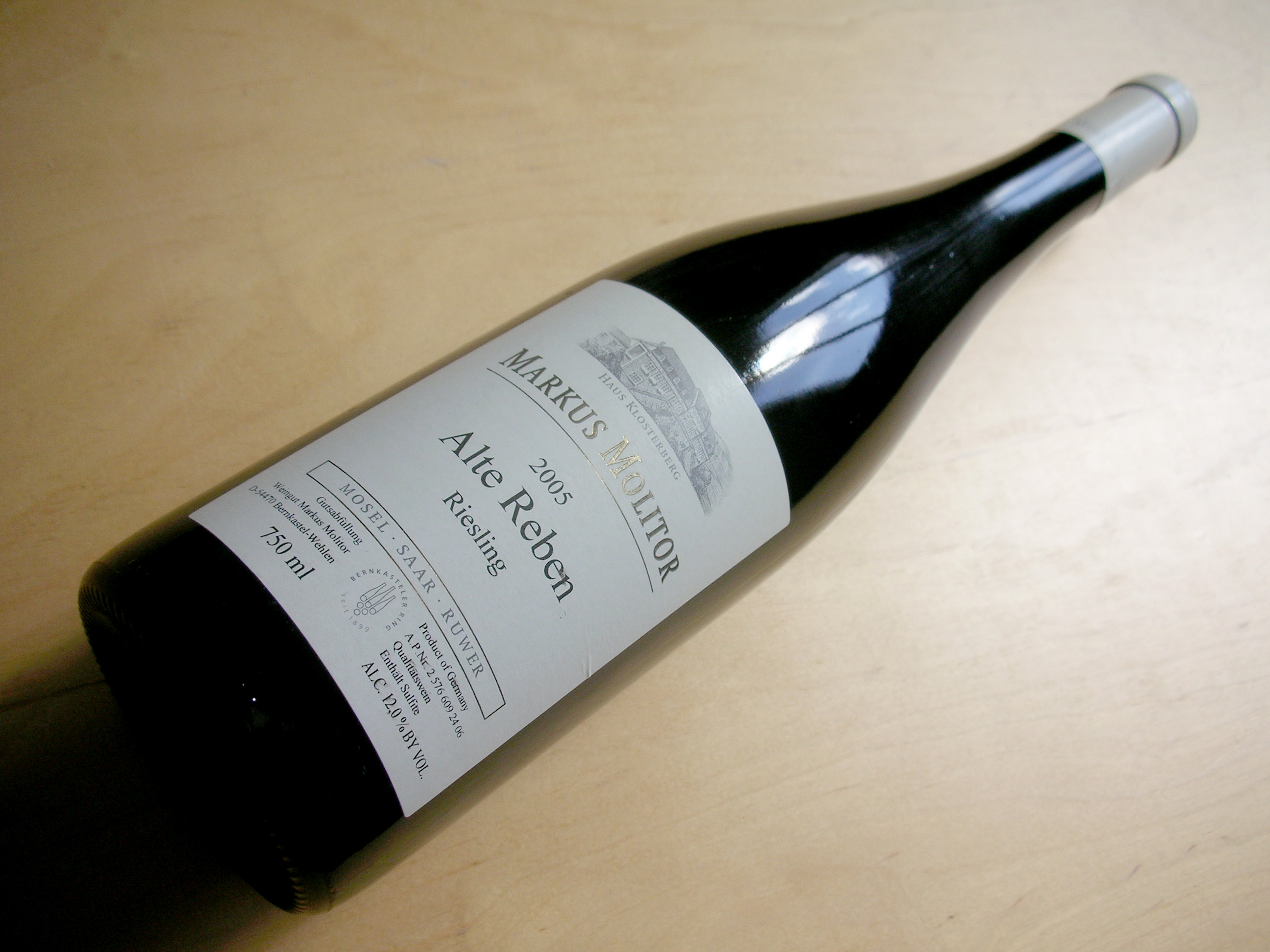Salwey, Weißburgunder, Kabinett trocken, 2008
And yet again I am drinking a Pinot from sun-kissed Baden; this time it is a Pinot Blanc, known in Germany as Weißburgunder (=white Burgundy). As I have written a lot about the producer, the Salwey family recently, I will keep this introduction short and jump right into the wine:

The bouquet is a mixture of melon and apple - Bramley apple, in particular -, with earthy mineral, soft notes of hand lotion and, surprisingly, the faintest hint of petrol. Light, smooth and enticing.









